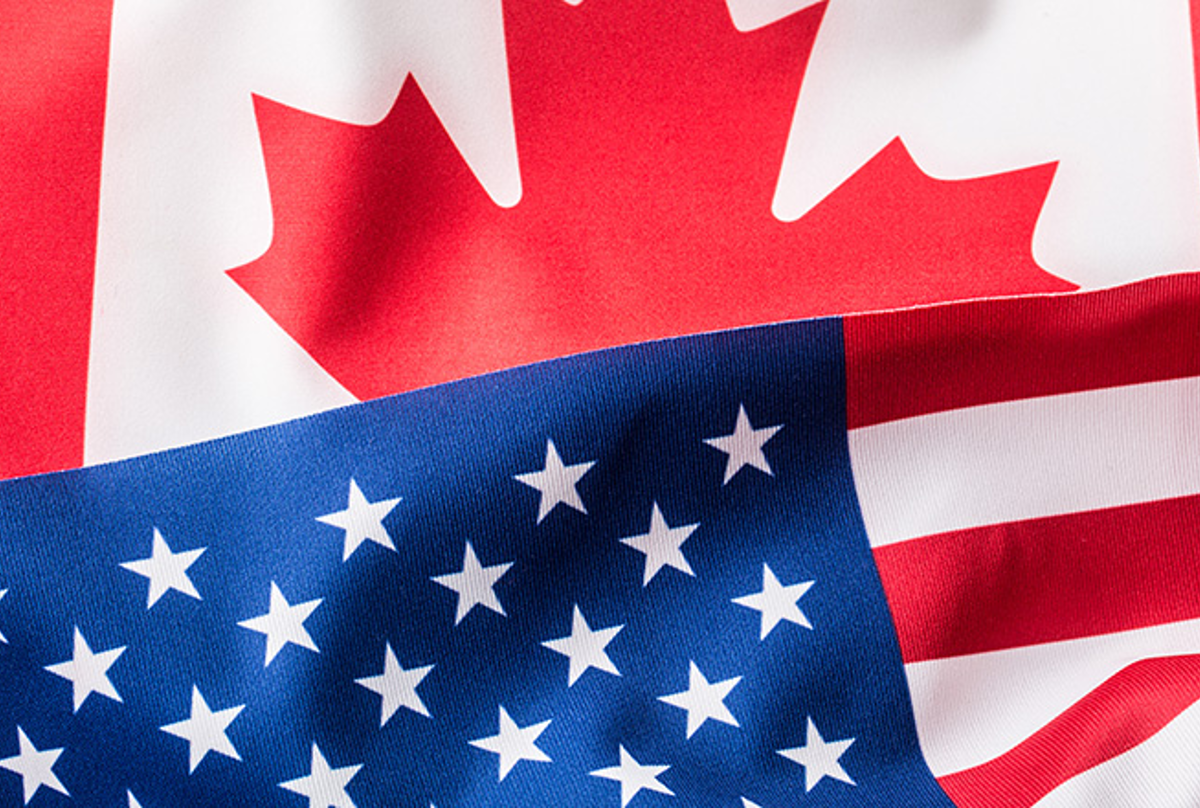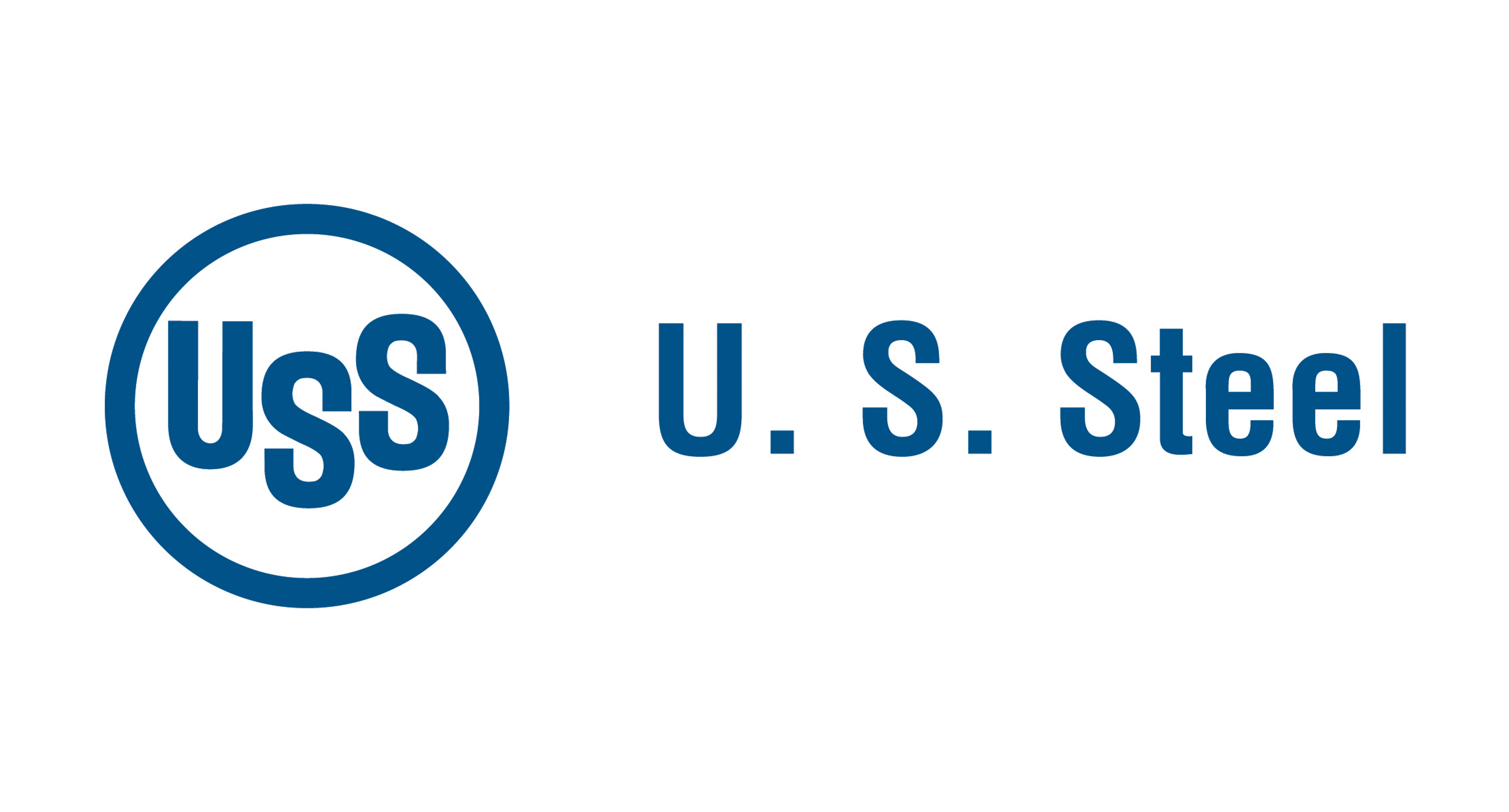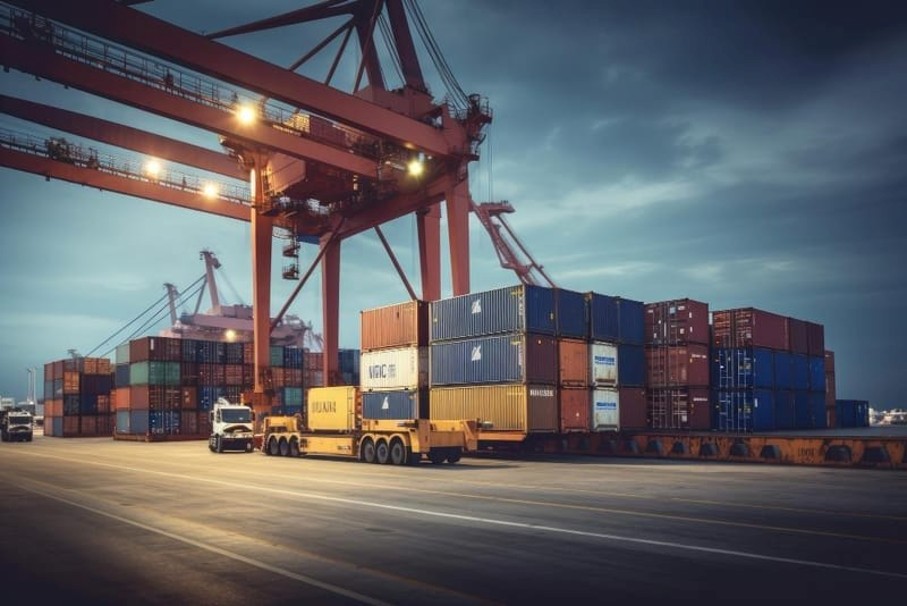Government/Policy
October 12, 2024
Price on trade: The excess capacity threat moves closer to home
Written by Alan Price & John Allen Riggins
The Global Forum on Steel Excess Capacity (GFSEC) reaffirmed on Oct. 8 what domestic steel producers have long known—the threat of excess steel capacity never disappeared and is evolving.
China’s steelmakers are boosting capacity and exports, echoing the 2016 global steel crisis. There is no doubt that China is successfully weaponizing excess capacity across many industries. And the fatal damage to domestic production and national security undermines the interests of all market-oriented countries. The question now is: How will GFSEC countries respond?
The limits of Section 232
While the China-driven gap between capacity and demand narrowed slightly in the late 2010s, global installed capacity always greatly exceeded global demand. China assured the world that it would curb capacity and production. Instead, it replaced and expanded existing capacity, even while demand fell. As a result, global excess capacity is forecast to grow to 630 million metric tons by 2026—the highest level since 2016.
For more than a decade, the China story was simple: State-funded steelmakers added unneeded capacity, overproduced commodity steel products, and dumped the overproduction in the United States. US steelmakers petitioned for trade remedies to address oversupply exported directly from China, and the US government implemented Section 232 duties. Countering the next round of capacity and export growth will not be so straightforward.
First, as oversupply floods their home markets, steel producers in third countries will turn to export markets. China’s net steel exports have increased each year since 2020, even as global demand has declined. These unfairly priced exports cause a chain reaction in global markets. China’s exports take market share from producers in third countries. Those producers must either meet the unsustainably low oversupply prices or offset falling home market sales with increased export sales. Inevitably, the exports find the highest demand markets and begin driving prices down, perpetuating the harm caused by China’s oversupply.
Enter the multi-country trade remedy
Multi-country trade remedy actions are increasingly needed when these third-country exports enter the United States simultaneously. Though observers who represent importer interests object to multi-country cases, it’s worth noting that this is not just a US phenomenon. Steel and other industries in many countries have also been forced to pursue trade relief from multiple third-country producers escaping import competition from China.
Second, China’s producers are not just exporting oversupply to third countries, they are setting up capacity there. As part of the Belt and Road Initiative (BRI), China provides industrial subsidies to producers outside of its borders. Chinese steelmakers have announced major capacity expansions in Thailand, Malaysia, and Vietnam (among others). These countries will increasingly become export platforms to avoid US duties on Chinese exports.
BRI breaks into the Western Hemisphere
Worse still, Chinese companies are adding capacity in the Western Hemisphere to exploit US trade arrangements. For example, when the Dominican Republic-Central America-United States Free Trade Agreement (CAFTA-DR) was negotiated and adopted, China had not yet implemented BRI. BRI is now in full swing. And China is actively pursuing geopolitical and economic opportunities in the Western Hemisphere.
In the aluminum extrusion context, China’s extruders have seized on CAFTA-DR’s trade preferences to establish production capacity in the Dominican Republic. But they use workers, raw materials, and equipment from China. These types of investments will only increase, as we’ve seen in Mexico. Foreclosing this route may require GFSEC countries to reexamine existing trade agreements.
Downstream products need protections too
Third, the prices of downstream articles produced in third countries will increasingly bake in excess capacity and oversupply. The easiest way to mask an unfairly traded product is to incorporate it into a downstream product. The dumped or subsidized input leverages down the downstream product’s overall price and escapes duties.
Preventing this tactic must be a key priority for GFSEC countries looking to “address the distortions caused by excess capacity, including with respect to the circumvention of trade measures.” It will require greater cooperation between GFSEC members to trace upstream steel articles. It will also require more widespread adoption of “melted and poured” requirements for steel and “smelted and cast” requirements for aluminum in USMCA.
Expanding Section 232-type programs to cover steel and aluminum content in derivative products will also be necessary. So too will be applying antidumping and subsidy orders to dumped steel or aluminum inputs when they are incorporated into downstream products. These concepts for trade remedies first started in certain OCTG cases we brought and have evolved in cases covering small vertical shaft engines, container chassis, and the original and current aluminum extrusions investigations.
WTO unable to uphold post-WW2 trade order
At the GFSEC Ministerial Meeting, Assistant US Trade Representative Sushan Demirjian hinted at “additional policy ideas on defining and responding to non-market policies and practices” in the coming months. New tools and self-help are essential because the non-market problem is not going away.
So long as Russia and China have influence at the WTO, post-WW2 trade rules will be impossible to reform at the WTO, and non-market excess capacity will persist. In the meantime, like-minded market economies will need to work to creatively address excess capacity, its economic impact on domestic industries, and the resulting national security challenges.
Editor’s note
This is an opinion column. The views in this article are those of experienced trade attorneys on issues of relevance to the current steel market. They do not necessarily reflect those of SMU. We welcome you to share your thoughts as well at info@steelmarketupdate.com.

Alan Price
Read more from Alan Price






